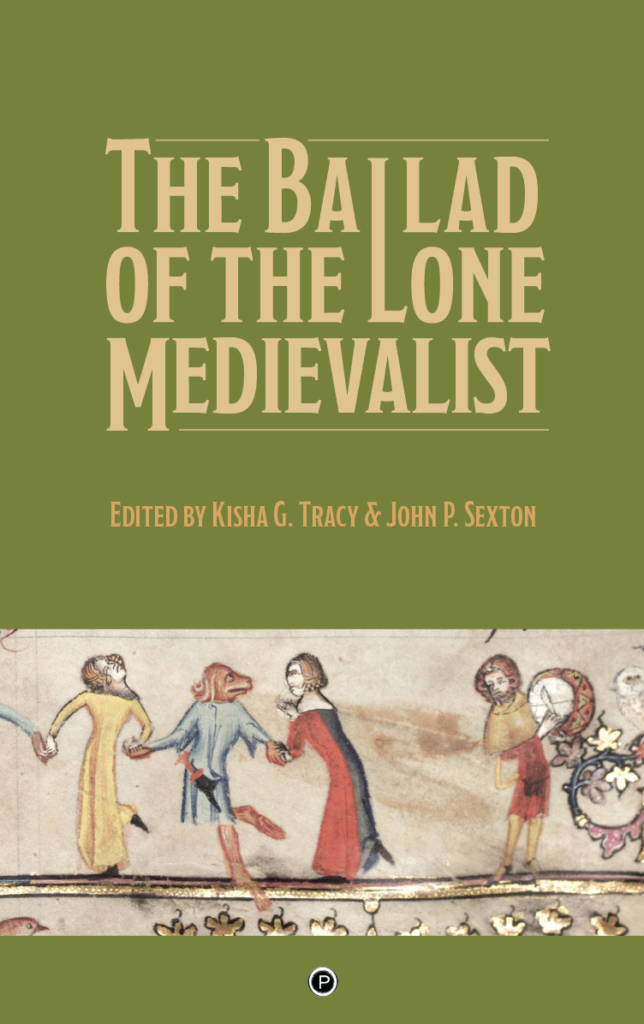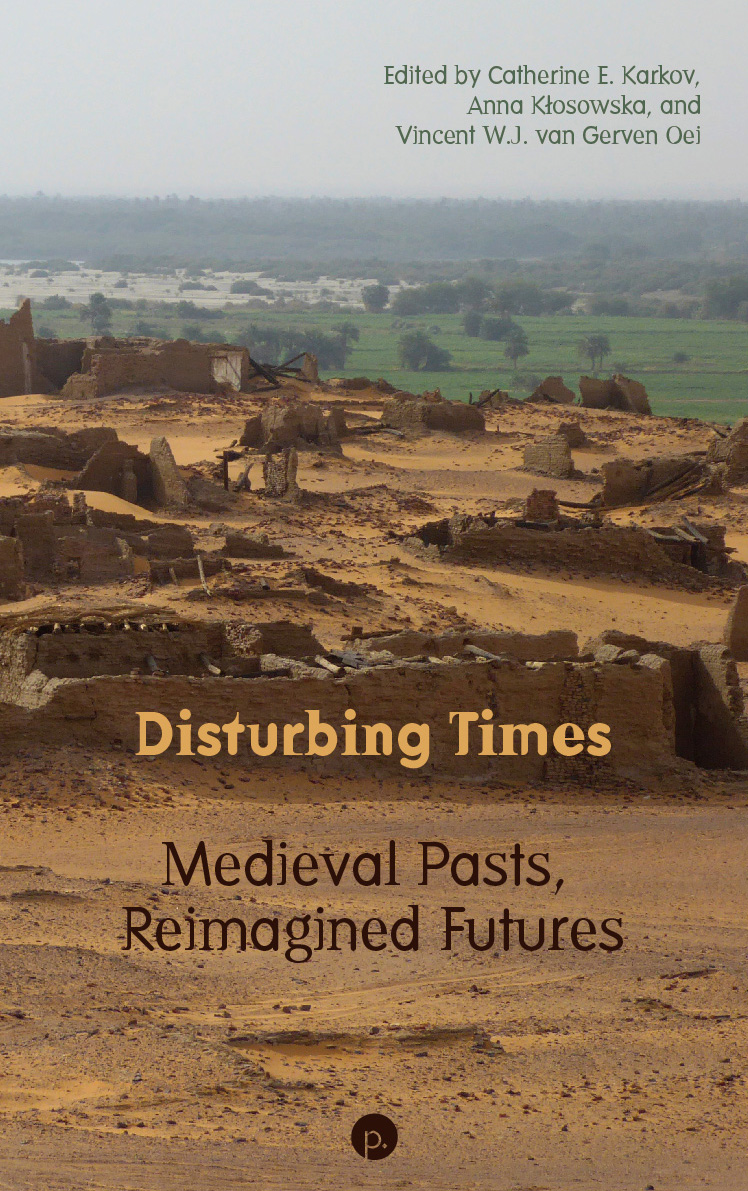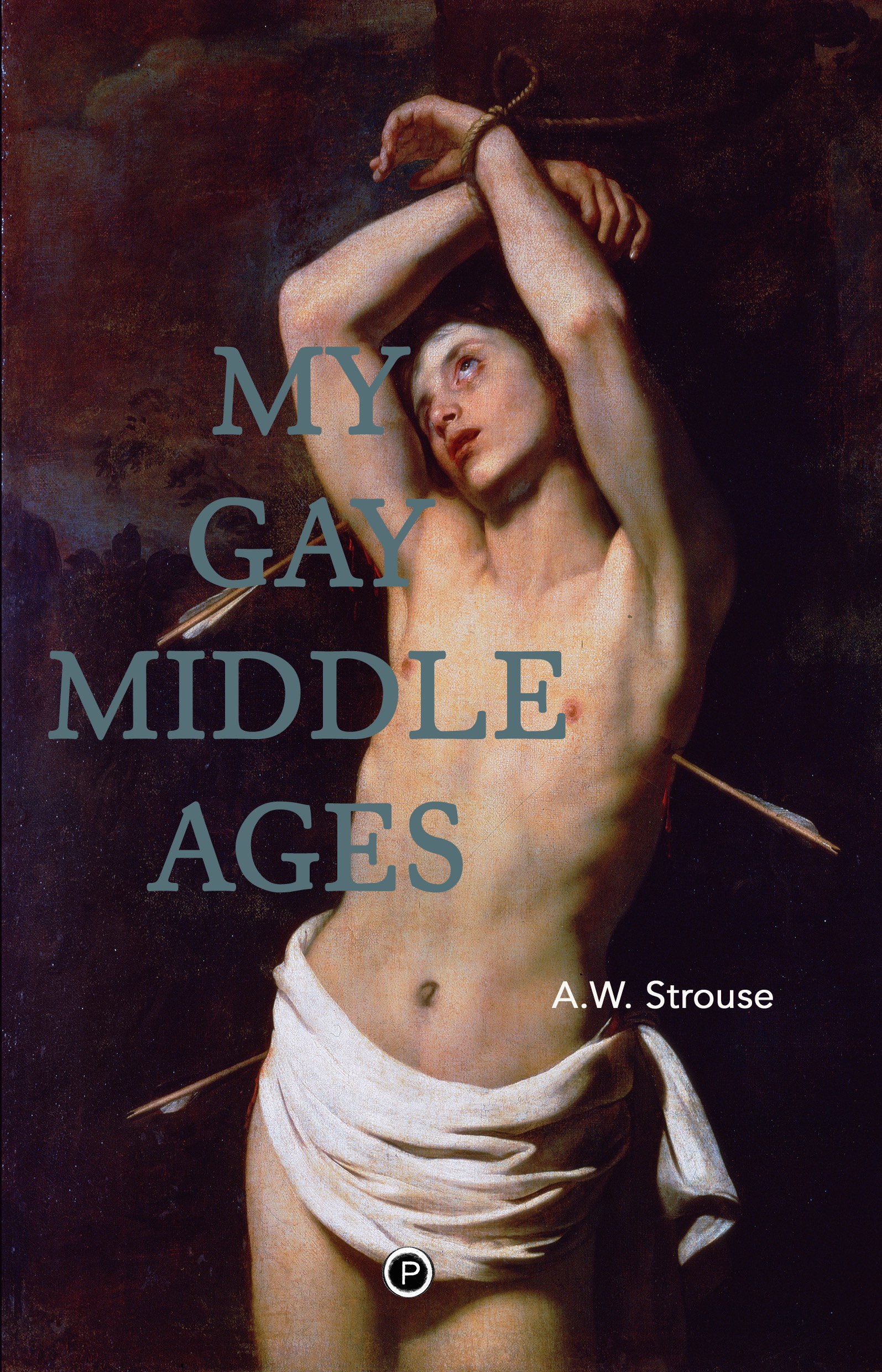Are you a Lone Medievalist?
Working medievalists are often the only scholar of the Middle Ages in a department, a university, or a hundred-mile radius. While working to build a body of focused scholarly work, the lone medievalist is expected to be a generalist in the classroom and a contributing member of a campus community that rarely offers disciplinary community in return. As a result, overtasked and single medievalists often find it challenging to advocate for their work and field.
As other responsibilities and expectations crowd in, we come to feel disconnected from the projects and subjects that sustain our intellectual passion. An insidious isolation even from one another creeps in, and soon, even attending a conference of fellow medievalists can become a lonely experience. Surrounded by scholars with greater institutional support, lower teaching loads, or more robust research agendas, we may feel alienated from our work — the work to which we’ve dedicated our careers.
The Lone Medievalist (the collaborative community and the book) is intended as an antidote to the problem of professional isolation. It is offered in the spirit of common weal that marks the ideals (if not always the realities) of so many of the communities we study — agricultural, professional, national, notional, and of course, monastic. The Ballad of the Lone Medievalist isn’t only about scholarship, or teaching, or institutional life, or the pursuit of new learning — it’s about all of them.
The essays in this volume address all aspects of the professional and intellectual life of medievalists. Though many of us acknowledge and address the challenges in being Lone Medievalists, these essays are not intended as voces clamantium; they are offered to provide strategies, camaraderie, and an occasional bit of inspiration. They are a call to action, a sharing of hard-won wisdom, and a helping hand — and, above all, a reminder that we are not alone.
CONTENTS
- “Introduction: Who Was That Masked Monk?” — John P. Sexton and Kisha G. Tracy
- “The Lone Medievalist: Casting the Net” — Sarah Barott and Rachel Munson
I. The Lone Medievalist as Teacher: Breaking Free of the Cloistered Classroom
- “Not So Lonesome Anymore: Bridging the Disciplines through Pedagogy” — Peter Burkholder
- “Keeping It Old-School on the New Faculty Majority” — Geoffrey B. Elliott
- “Interdisciplinary / Team Teaching and the Lone Medievalist” — Natalie Grinnell
- “And gladly wolde He teche: The Medievalist and the History of the English Language Course” — Robert Kellerman
- “I Know! Let’s Put on a Show!” — Robert Stauffer
- “Perpetual Invention and Performance-Based Research: The Case of The Ballad of Robin Hood and the Potter” — Carolyn Coulson
- “What’s the Message?: Building Community through Tolkien’s Beowulf” — Holly M. Wendt
- “Why Read That?: Selling the Middle Ages” — Diane Cady
- “A Trip to England: Discovering the Ties between Medievalism and Pop Culture” — Danielle Girard, Sarah Huff, Justine Marsella, Alicia Protze, Abbie Rosen, Jacki Teague
II. The Lone Medievalist as Scholar: Opus Clamantis in Deserto
- “From the Monk’s Cell to the Professor’s Office” — Kisha G. Tracy
- “Embracing the Medievalist Margin” — Alicia Spencer-Hall
- “The Medievalist’s Soliloquy: Struggles and Advice for Lone Medievalists” — Tiffany A. Ziegler
- “Reflections of an Embarrassed Medievalist” — Michael Elam
- “The Unicorn Learns Accountability” — Misty Urban
- “How to Stop Being a Lonely Medievalist” — M. Wendy Hennequin
- “Blended Medievalist Careers: Staying Optimistic While Balancing Passion and Job Market Realities” — Timothy R. W. Jordan and Aubri Anne McVey
- “A Study of the Unexpected: The Advantages of Being the Lone Medievalist” — Nikolas O. Hoel
- “Saga Thing and the Benefits of Podcasting the Medieval” — Andrew M. Pfrenger
III. The Lone Medievalist at Work: Or, How I Learned to Stop Worrying and Love the Job
- “Building Your Own Villa” — Jane Chance
- “Twice Marginal and Twice Invisible: On Being the Lone Medievalist Twice in One State” — Michelle M. Sauer
- “Pushing Boundaries: Making the Medieval Relevant through Public History and Engagement On and Off Campus” — Amber Handy
- “Brought to You by Your Friendly Campus Medievalist” — Lee Templeton
- “Down with Dante and Chaucer? Navigating a Great Books Curriculum as a Medievalist” — Sarah Harlan-Haughey
- “Of sondry folk: What I Learned After My First Year as the Lone Medievalist on Campus” — Ann M. Martinez
- “The Collaborative Medievalist” — Courtney Rydel
- “Make Yourself At Home” — John P. Sexton
IV. This Eremitic Life
- “Notes from the North” — Laura Saetveit Miles
- “Being a Medievalist in an A-medieval Country and in a Region Overcrowded with Medievality: Two Stories from Brasil and the Western Balkans” — Ardian Muhaj
- “Is the Academic Medievalist Alone?” — Kouky J. Fianu
- “A Philosopher’s Approach to Being a Lone Medievalist” — Pilar Herráiz Oliva
- “A Lone Medievalist on the Island” — Christine E. Kozikowski





Wonderfulll ı already feel better as a medievalist I will get the book thank you.